Dana King
Oakland, CA | Artist | @danakingart360 | www.danakingart.com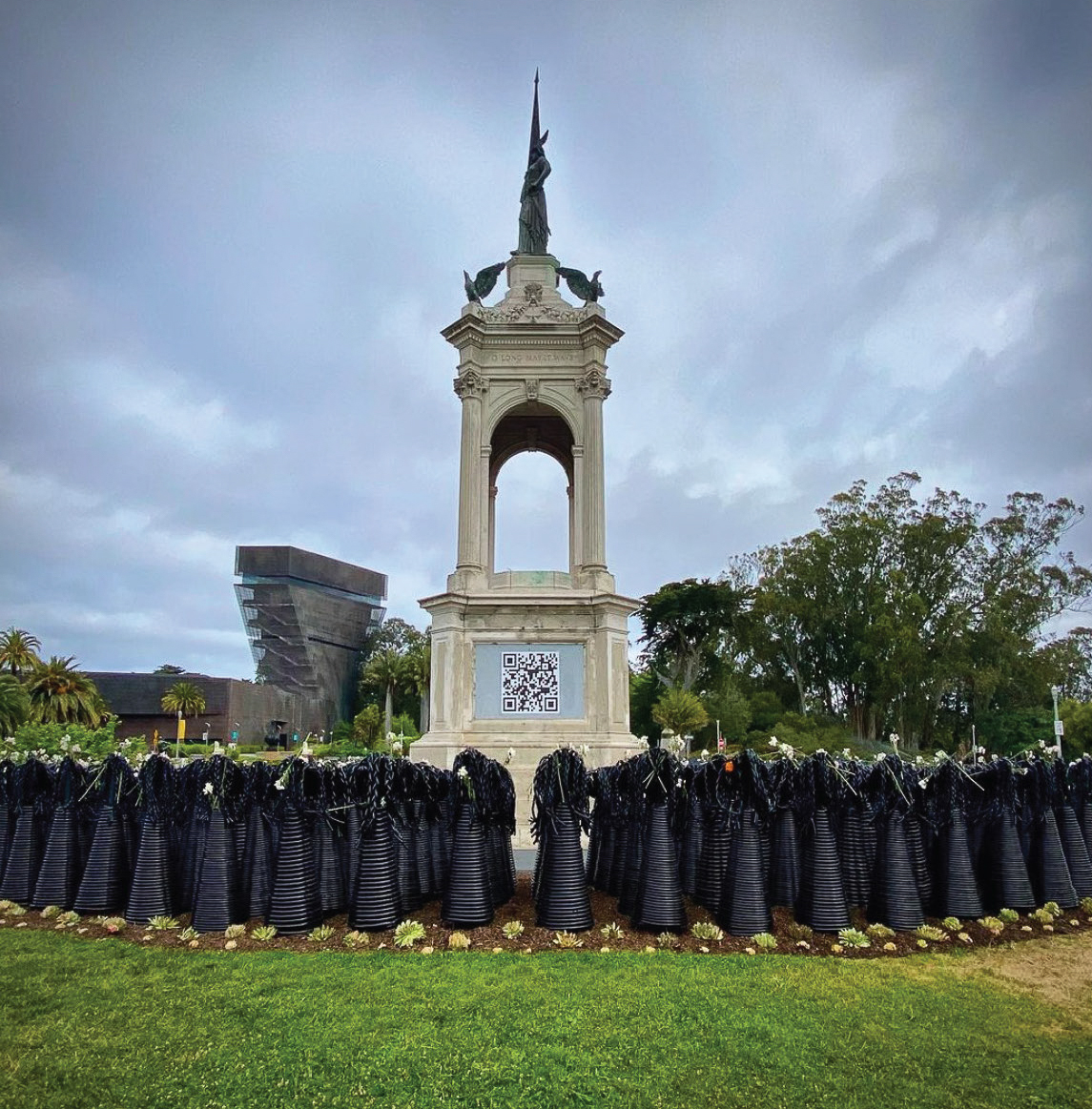
Identies/Ideas in Artists Work: Black and indigenous spaces, Women representation, Politics/Activism, Public Process, Research, Learnings & Decision Making
Location: San Francisco, CA - Golden Gate Park
I create Black bodies in bronze. My public work is designed to encourage viewers who come upon it, either accidentally or intentionally, to dig deeper into the truth of American history. Those of us who attend(ed) public school in this country have been intentionally deceived about the importance of Black, Indigenous, and people of color in every aspect of what is America.
My mission is to tell the stories of African descendants in bronze, making the retelling live on as long as the material lasts, which can be hundreds, if not thousands of years. Cultural representation in public art is equity in art and I consider my work subversive. I sculpt Blackness and elevate African descendants with an art form that has been the exclusive domain of wealthy white people.
My mission is to tell the stories of African descendants in bronze, making the retelling live on as long as the material lasts, which can be hundreds, if not thousands of years. Cultural representation in public art is equity in art and I consider my work subversive. I sculpt Blackness and elevate African descendants with an art form that has been the exclusive domain of wealthy white people.
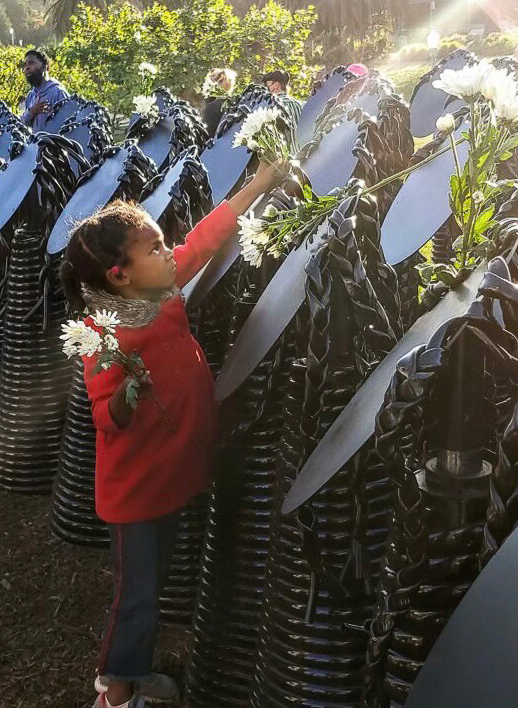
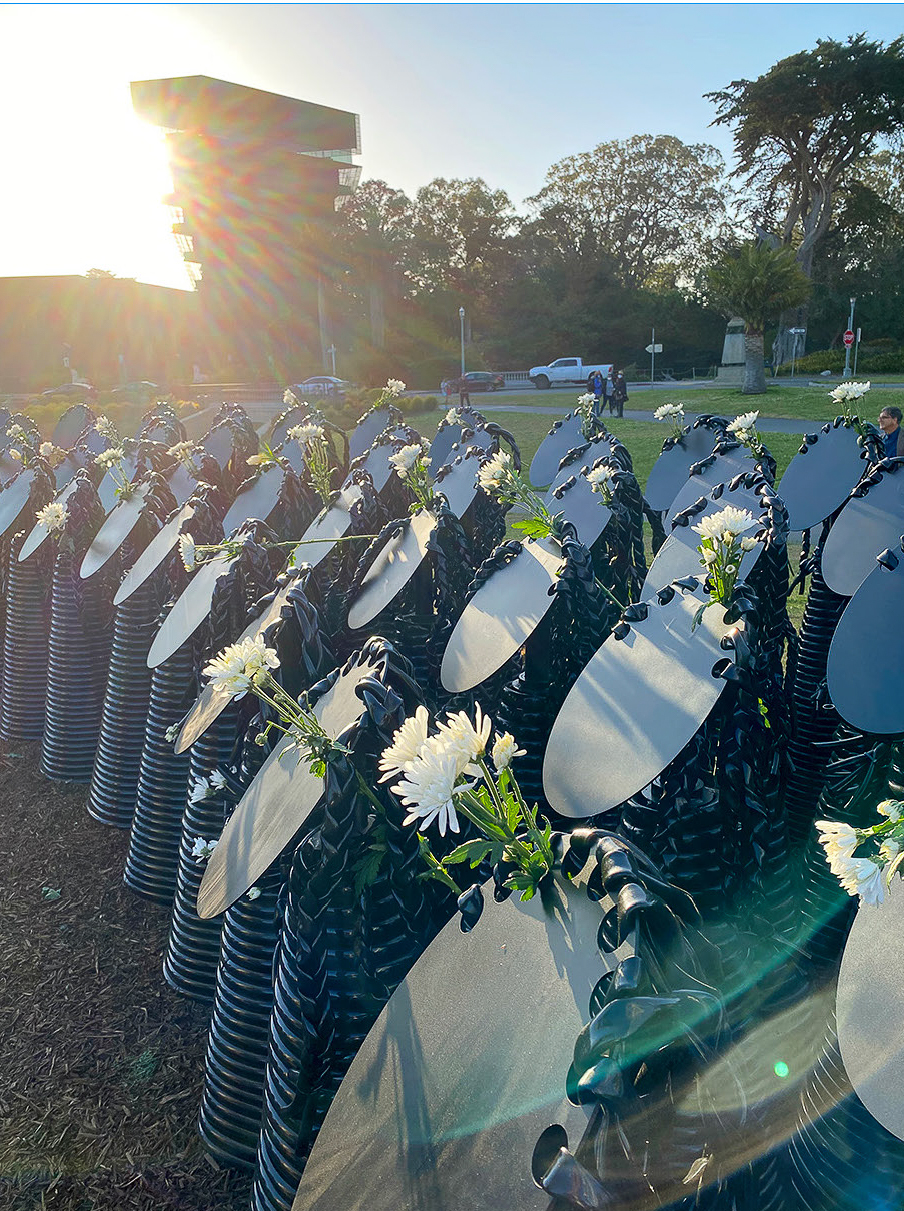
How do you reclaim the collective sensory experiences that will tell the story of your community?
African descendants carry trauma in our DNA. It is a collective sorrow that is passed from generation to generation due to being treated as less than human. We still remain invisible in classrooms and corporate boardrooms alike and everywhere in between. We are regularly mined for our abilities only to have our gifts to the world diminished and stolen…think of the musical genius of Little Richard, the brilliant Black women of NASA, inventors of economic game-changers like the Cotton Gin and consumer goods like Jim Beam bourbon. From the sublime to the ridiculous, the list is endless: deep and wide.
Our history is not just abridged, it is mostly absent. And when it is written in literature and textbooks, it is dangerously incorrect. African descendants were not “workers” who came to this country, we were stolen from our homelands and enslaved. There are countless, intentionally suppressed narratives of slave rebellions resulting in history writing Black people off as complicit in our enslavement. Our people were considered “lazy” once we stopped doing the bidding of the master for free. No woman enjoyed being raped. No parent willfully gave away their children. Our poor health is a lasting example of the diet forced upon us while enslaved: fatback, chitlins, pork grease on cornbread, pig’s feet, all of which have manifested into our living contracted lives due to hypertension, obesity, poor heart health, and other diseases.
So how can equity in art begin to help heal hundreds of years of cruel and inhumane treatment?
It may be presumed that figurative sculpture doesn’t demand deep thought or reflection other than the obvious desire to see mirror images of ourselves. What makes my work subversive is the dearth of sculpture that represents African descendants in the public realm. Representation matters and mirror images of Black people created in sculpture go far deeper than ego gratification. It is why I create my sculptures to be accessible to the viewer.
I want people to touch them and be able to look them in the eye… hold their hands, touch their hair, and wonder about the life they lived. The sensation of touching bronze on a sunny day means the bronze is warm, creating a sense of touching another human. That touch liberates generational truths long forgotten. Black bodies in bronze create a sense of pride in the viewer of shared ancestry, traditions, homeland, and in the case of African descendants, pain, and suffering.
Cultural representation of Black bodies in bronze also gives viewers a sense of recaptured freedom over the ownership of one’s body, closing a collective gap of corporeal detachment from centuries of enslavement. African descendants need and deserve to see memories expressed in sculpture because sculpture inhabits space and space is power. It also determines how our history and place in the world are publicly held and remembered.
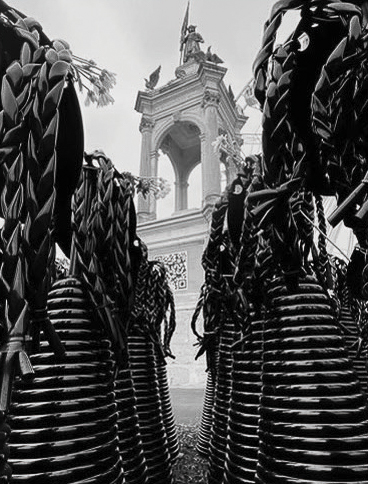
Who is your audience? How do you imagine your work will inspire change?
My primary audience is Black people. I create my sculptures as my gift to African descendants. However, the work is an educational opportunity for any who comes upon it because it is free. There is no admission required nor hindrance to access.
Sculpture created by Black, Indigenous, and P.O.C for underrepresented communities has the power to decolonize previously exclusive white spaces, expanding a sense of welcome and belonging for people who have intentionally been made to feel unwelcome.
My personal mission is to tell the untold history of African descendants. I hope it encourages others to lay claim to the public representation of their people, inhabiting space in ways that elevate their stories.
Is there a call to action you want the reader to do or take?
Public art deserves and needs to be supported financially by the community. It's what is necessary in order to stop asking for permission to increase cultural representation in the world. 70% of the money donated for my most recent installation in Golden Gate Park, Monumental Reckoning, came from the Black community. Yes, it's about money but it is more the act of participating in building something from within that is important.
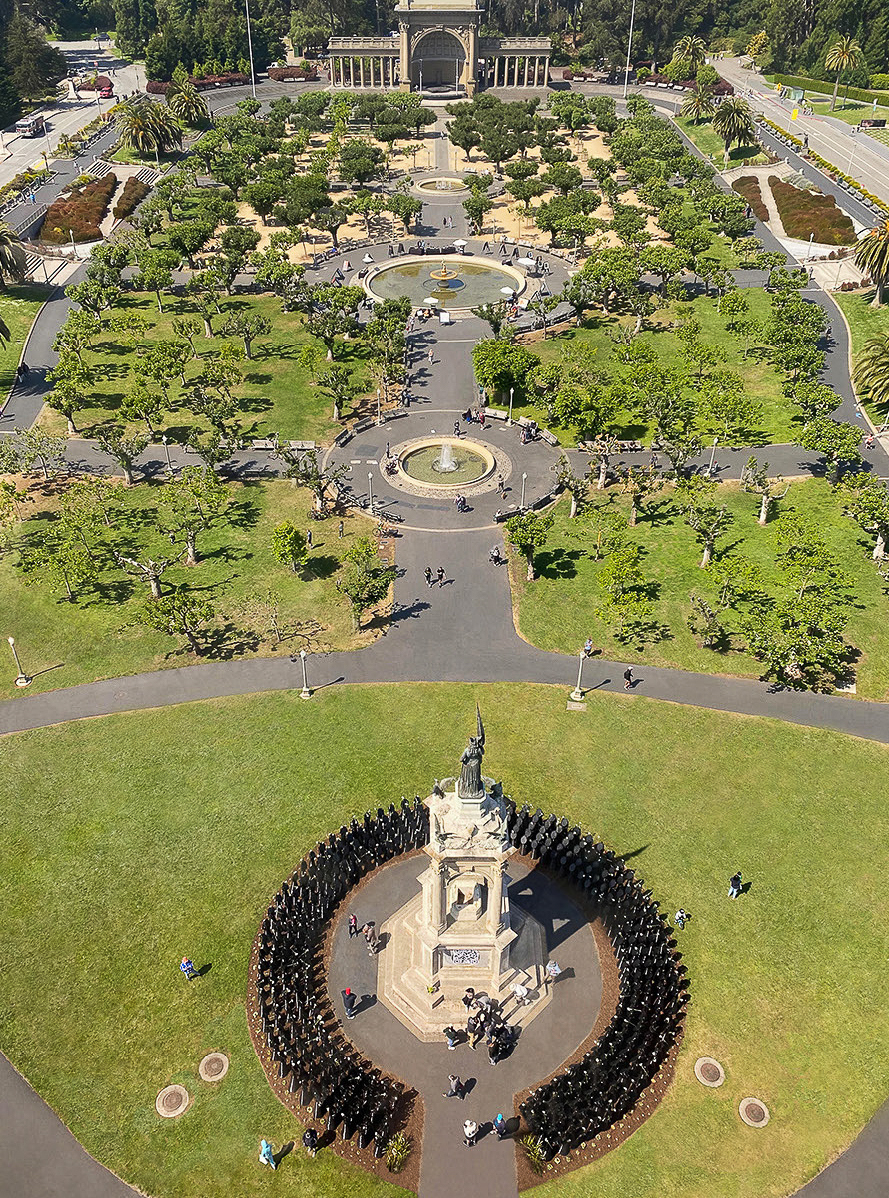
Dana King is a classical figurative sculptor who creates public monuments of Black Bodies in Bronze. Her work explores a subversive concept in a traditional form. King sculpts Blackness and elevates African descendants with an art form that has been the exclusive domain of wealthy white people. She rescues everyday Black American heroines/heroes from unjust obscurity and then ennobles their tenacity and courage through figurative sculpture.
Across countless generations, elders have communicated culture, history, and wisdom through storytelling. Dana King continues that tradition in bronze, resurrecting love, and truth from America's buried past. Intense research shapes such memories empowering King to create art that invites people to understand themselves and their lives in a connected and compelling way.
King prefers sculptures because they inhabit space and space is power. She believes sculpture provides an opportunity to shape culturally significant memories that determine how African descendants are publicly held and remembered.
To learn more about Danas work, peep these links:
www.danakingart.com
https://eastbayexpress.com/the-bay-area-honors-the-black-panthers/
https://www.newhavenindependent.org/index.php/archives/entry/dana_king_convo/, https://www.neh.gov/article/william-lanson-shaped-new-haven, https://thefrisc.com/on-juneteenth-eve-sf-bears-witness-to-a-reckoning-a-photo-essay-d8b5281b336e,
https://www.blackartinamerica.com/index.php/2018/06/14/10-emerging-black-female-artists-to-collect/
Across countless generations, elders have communicated culture, history, and wisdom through storytelling. Dana King continues that tradition in bronze, resurrecting love, and truth from America's buried past. Intense research shapes such memories empowering King to create art that invites people to understand themselves and their lives in a connected and compelling way.
King prefers sculptures because they inhabit space and space is power. She believes sculpture provides an opportunity to shape culturally significant memories that determine how African descendants are publicly held and remembered.
To learn more about Danas work, peep these links:
www.danakingart.com
https://eastbayexpress.com/the-bay-area-honors-the-black-panthers/
https://www.newhavenindependent.org/index.php/archives/entry/dana_king_convo/, https://www.neh.gov/article/william-lanson-shaped-new-haven, https://thefrisc.com/on-juneteenth-eve-sf-bears-witness-to-a-reckoning-a-photo-essay-d8b5281b336e,
https://www.blackartinamerica.com/index.php/2018/06/14/10-emerging-black-female-artists-to-collect/